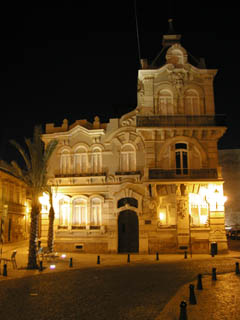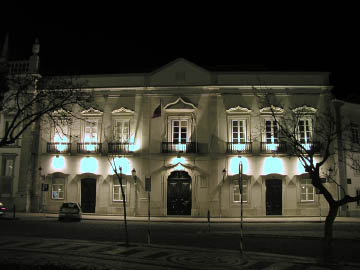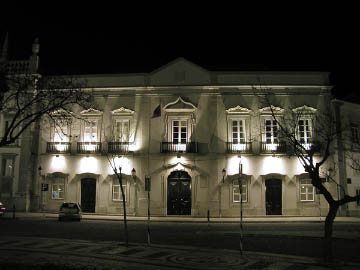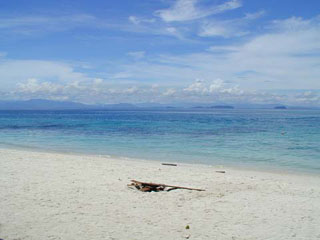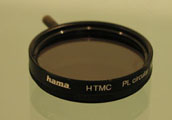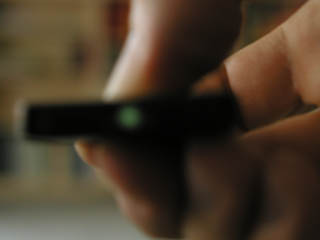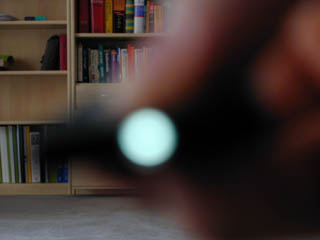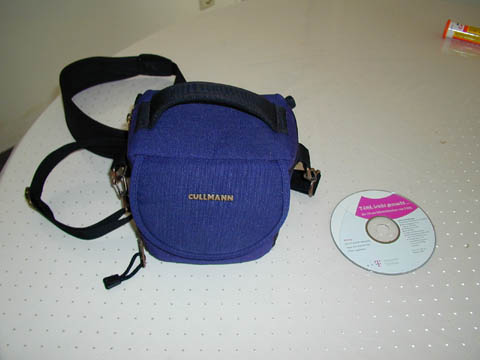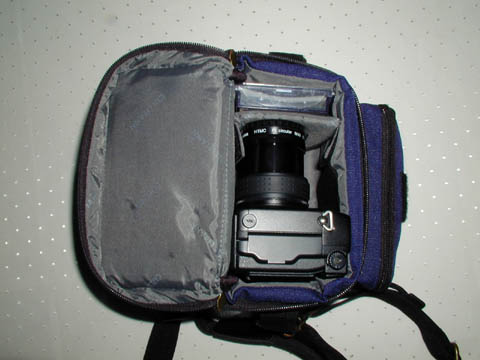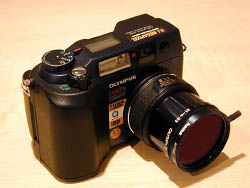 |
Last
update: May 14th, 2005 May 14th: Technical data and user manuals section updated Apr. 5th: Remote control section updated Oct. 18th: FAQ section added May 23rd: Infrared section updated Mar. 16th: RAW file section updated - now 4040 RAW files can be processed with Photoshop Mar. 10th: Underwater photography section updated |

